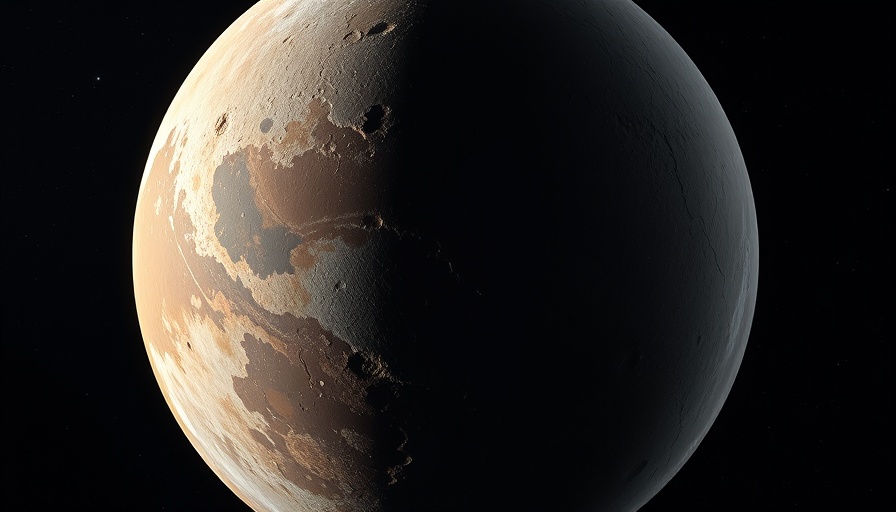
Celebrating Pluto: A Cosmic Legacy
As we approach the 95th anniversary of Pluto's discovery, excitement is building around the 'I Heart Pluto Festival' at Lowell Observatory in Flagstaff, Arizona. Scheduled for February 13-17, 2025, this grand event will not only celebrate the dwarf planet's unique status but also honor the legacy of astronomer Clyde Tombaugh, who discovered it in 1930. With engaging educational and social activities planned, this festival promises to rekindle our fascination with this distant icy world.
A Journey Through Time: Pluto’s Reclassification
Pluto, once celebrated as the ninth planet in our solar system, was reclassified as a dwarf planet in 2006 by the International Astronomical Union. This decision sparked debates and invited questions about our understanding of what constitutes a planet. As we commemorate Pluto's journey from a planetary beacon to a dwarf planet, it’s essential to reflect on how this reclassification has changed public perception of our solar system’s inhabitants.
Exploring Pluto’s Mysteries with New Horizons
The 10-year anniversary of NASA's New Horizons mission adds another layer of intrigue to the festival. This remarkable mission provided unprecedented images and data about Pluto, demystifying its surface and geology. The flyby allowed scientists to explore features like the heart-shaped Tombaugh Regio, showcasing a world rich with geological history. This newfound knowledge has fueled discussions not just about Pluto, but about the many mysteries that lie in the outer reaches of our solar system.
Star Trek and the Science of Imagination
Adam Nimoy, son of famed actor Leonard Nimoy of 'Star Trek' fame, will bring a unique perspective to the festival. He discusses the connection between science fiction and real-world science, emphasizing how shows like 'Star Trek' have inspired generations to explore space. Adam's role as a lay observer on a panel featuring notable astronomers exemplifies the blend of popular culture and scientific inquiry, highlighting the significance of public engagement with celestial phenomena.
Pluto’s Place in Popular Culture
Despite its reclassification, Pluto remains a beloved figure in both scientific and popular culture. From children's books to internet memes, the planet captures the hearts of many. Notably, its mythology as ‘Planet X’ proposed by Percival Lowell continues to intrigue amateur astronomers and science enthusiasts alike. This enduring allure of Pluto serves as a testament to our collective curiosity about the universe.
Looking Toward the Future: What Lies Ahead for Pluto?
As we celebrate Pluto and its discoveries, we must also gaze toward the horizon of space exploration. Future missions could provide deeper insights into not only Pluto but also the Kuiper Belt and beyond. The festival encourages attendees to engage in discussions about the direction of planetary science and the ongoing quest to explore our solar system’s hidden treasures.
 Add Row
Add Row  Add
Add 




Write A Comment